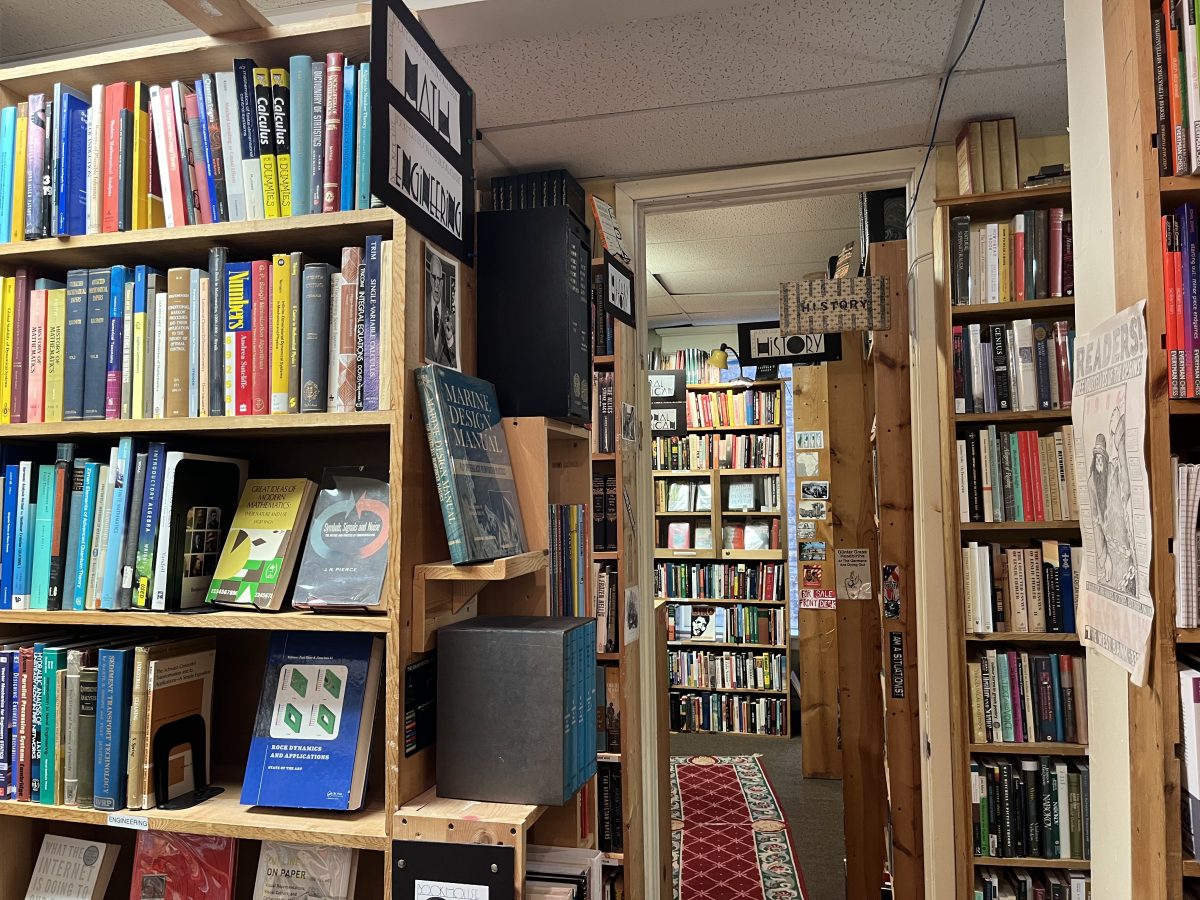Ceramics is an art form that you can interact with, feel and even talk to.
So, when University of Minnesota psychology senior Claire Nusbaum heard that Crisis Connection — a local mental health crisis hotline where she volunteers — was on the verge of shutting down, she wanted to respond with art.
The result is an installation project she’s created in her summer ceramics course. It features hand-built slabs of clay imprinted with fingerprints, handprints, hand molds and quotes.
But how can art from an introductory ceramics course help those who are struggling mentally?
“You can feel human connection in the clay,” Nusbaum said. “It’s pliable and it’s touchable.”
 She hopes to install the clay slabs on the Washington Avenue Bridge as a more “human” form of intervention, especially if other resources go away in the future.
She hopes to install the clay slabs on the Washington Avenue Bridge as a more “human” form of intervention, especially if other resources go away in the future.
“Clay has been around forever,” she said. “And mental health has been an issue forever.”
While Crisis Connection recently received additional funding to continue operations through September, the idea of ceramics lasting forever is just one of the concepts professor Joe Krasean used to help frame the short class.
“After firing, ceramics can last hundreds of thousands of years,” Krasean said. “With that, they become a cultural material to learn from.”
Eight weeks is not a long time to fully teach the multiple facets of ceramics. Krasean felt, however, it was enough time to explore the intention behind the art that the 90 percent non-art major students were creating.
“Being a non-artist is cool,” he said. “That’s where a lot of interesting stuff comes from.”
Krasean wanted his students to take their interests and what they wanted to create, but to also consider the “why,” “when,” “where” and “who” of the art while doing so.
 “That’s the art process right there,” Krasean said. “It’s not in making vases and tea pots.”
“That’s the art process right there,” Krasean said. “It’s not in making vases and tea pots.”
Taking in all of these ideas, psychology and studio art senior Izaak Davison-Kerwood began a piece that tied his work and art together.
Davison-Kerwood works with homeless populations around the Twin Cities, in which many experience mental illness. Working on a public installation piece, he’s gathered 60 insults his clients have heard in hopes to yell them at the sculpture and depict some of their daily struggles, troubles and emotions.
“The feeling of a knot in your stomach from depression or anxiety … everyone knows that feeling,” Davison-Kerwood said. “I want this to not to come off as critical, but to create empathy.”
Normally a painter, the class gave Davison-Kerwood a new outlet that focused on form and function. The resulting creation — a nearly two-by-two foot coiled sculpture that sometimes requires standing on a chair to work on — has taken on a life of its own.
“I let the clay do what it’s going to do,” he said. “It takes you in good directions.”
















